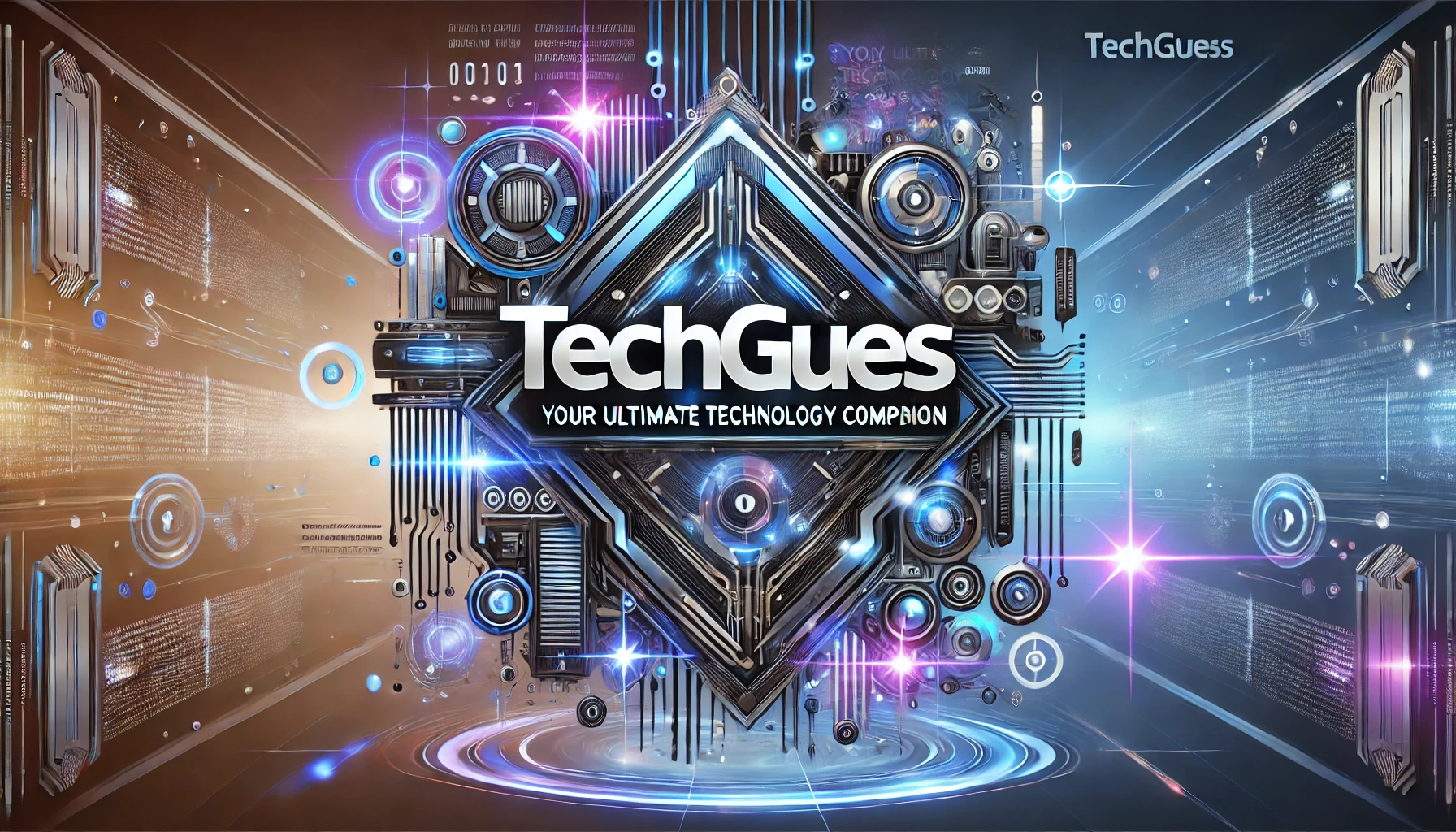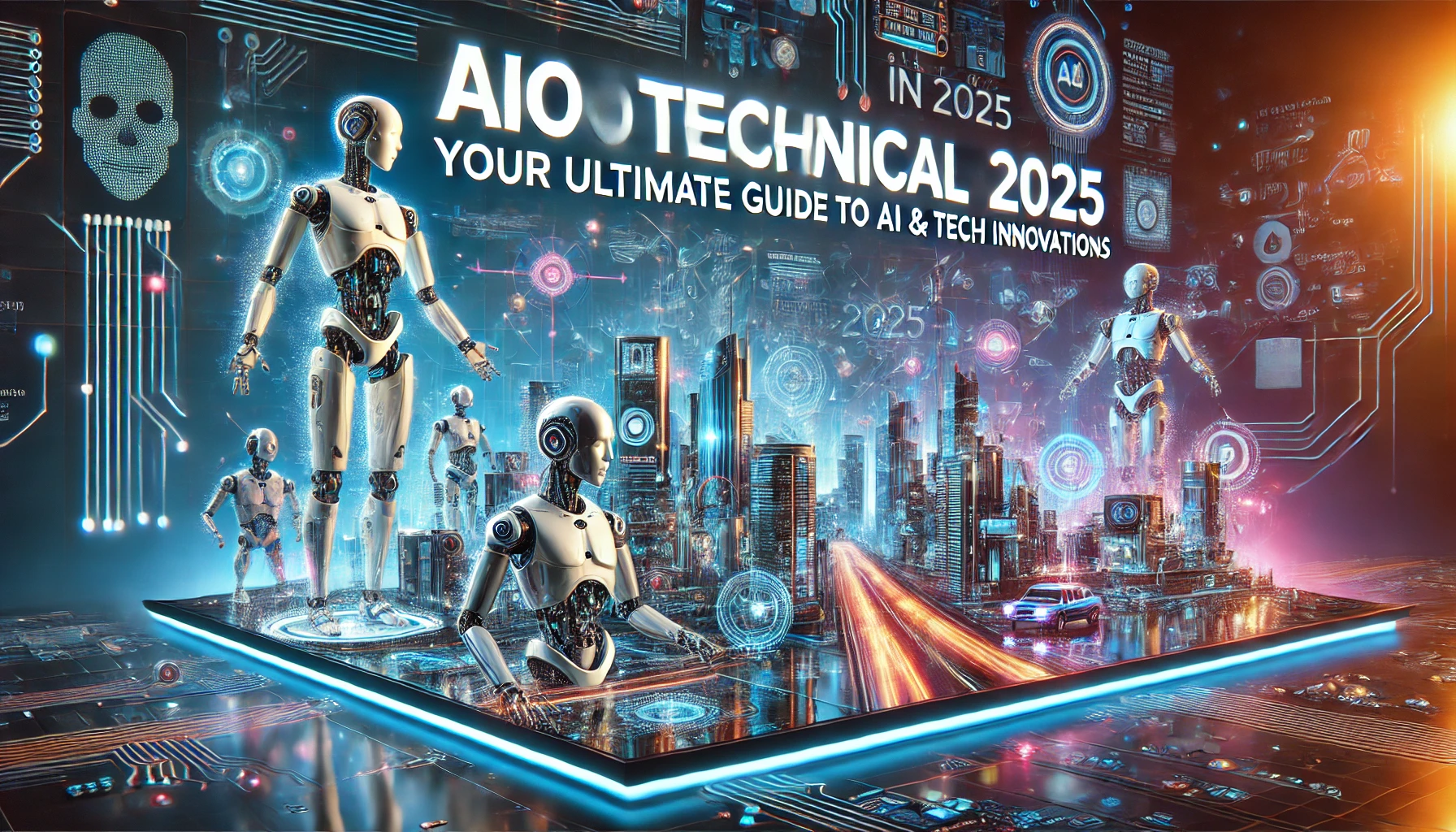Introduction
The Nvidia RTX 5090 and RTX 5090D have quickly become the talk of the tech world. With extreme GPU performance and AI capabilities, these graphics cards are pushing boundaries. However, users have recently reported serious concerns, including bricked cards after driver updates or BIOS flashes. This guide explores the core of rtx 5090 5090d bricked issues, offering real insights, user-friendly fixes, and future-proof tips to protect your hardware.
Benefits of Rtx 5090 5090d Bricked Issues Awareness
How It Helps in Avoiding Costly Hardware Damage
Understanding bricked issues helps prevent irreversible hardware loss. Knowing early signs of corruption or firmware failure can save:
- Thousands in hardware costs
- Data loss from incomplete rendering tasks
- System downtime for gamers and professionals
Key Advantages for Gamers and Content Creators
- Quick diagnosis of malfunctioning cards
- Proactive driver rollback when issues emerge
- Better upgrade planning when comparing RTX 5090D vs 5090
- Smart BIOS update choices to avoid the bricking trap
How to Use/Apply Rtx 5090 5090d Bricked Issues Knowledge
Step-by-Step Guide
- Detect Early Symptoms:
- PC not booting
- Blank screen on startup
- Error code 43 in Device Manager
- Check Recent Updates:
- Identify if you recently installed a new Nvidia driver
- Use
Device Manager > Display Adapters > Propertiesto check driver version
- Use Safe Mode:
- Boot into Safe Mode
- Uninstall recent RTX 5090 drivers
- Reinstall stable version (use DDU for clean removal)
- Avoid Faulty BIOS Updates:
- Only update GPU firmware from Nvidia’s official site
- Do not flash modified VBIOS unless verified by manufacturer
- Restore with NVFlash (Advanced Users Only):
- Use NVFlash tool to re-flash stock firmware
- Requires backup of original BIOS
Common Mistakes to Avoid
- Skipping driver compatibility checks
- Using beta firmware without backups
- Overclocking immediately after install
- Assuming RTX 5090D is the same as RTX 5090
- Ignoring system power supply limits
Best Practices for Rtx 5090 5090d Bricked Issues
Tips & Tricks for Better Results
- Always download RTX 5090 drivers from Nvidia’s official site
- Keep BIOS and chipset drivers up to date
- Monitor GPU temps during heavy load using MSI Afterburner
- Join forums like TechPowerUp and Reddit’s r/nvidia for alerts on known RTX 5090 bricked cases
- When comparing RTX 5090D vs 5090, prioritize reliability over marginal performance gains
Expert Recommendations
- Linus Tech Tips advises delaying updates for 2-3 weeks after launch to catch early bugs
- Gamers Nexus recommends undervolting RTX 5090 cards to reduce stress on VRMs
- Wait for community-tested firmware before flashing RTX 5090D BIOS
FAQs About Rtx 5090 5090d Bricked Issues
What does “bricked” mean in GPU context?
A bricked GPU is a card that becomes completely unusable, usually due to a failed firmware update or incompatible driver, rendering it non-functional.
Are both RTX 5090 and RTX 5090D affected?
Yes, both models have seen isolated bricking issues. However, early batches of RTX 5090D appear more prone to BIOS-related malfunctions.
Can I fix a bricked RTX 5090 card?
If the damage is firmware-based, yes. Tools like NVFlash or a dual BIOS switch (if available) may restore it. Physical damage usually requires RMA.
Is the RTX 5090 for sale still safe to buy?
Yes, but check batch numbers and reviews. Opt for cards with strong return policies from authorized sellers.
Is the 5080 affected too?
Some users have reported 5080 bricked issues due to similar driver conflicts, though not as widespread as 5090 series.
What causes RTX 5090 bricked problems?
- Faulty driver installs
- Improper BIOS flashing
- Power spikes during updates
- Overclocking errors
Conclusion
The rtx 5090 5090d bricked issues highlight the importance of cautious updates and verified firmware usage. Whether you’re a gamer, creator, or enthusiast, understanding these risks can protect your investment.
Call to Action: If you own or plan to buy the RTX 5090 or RTX 5090D, always stay updated through trusted forums and Nvidia’s support channels. Bookmark this guide and revisit for future updates to ensure your GPU stays safe and operational.


